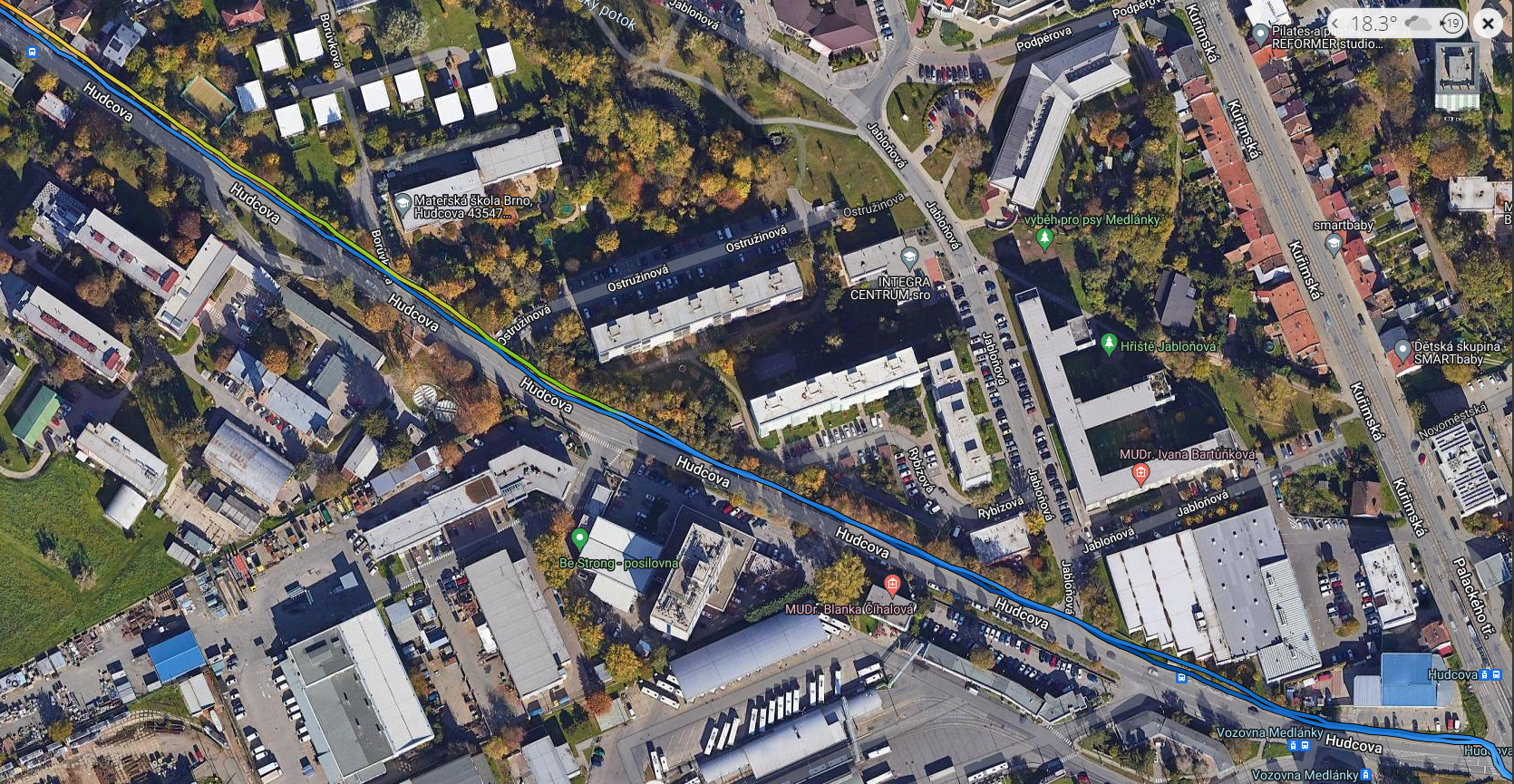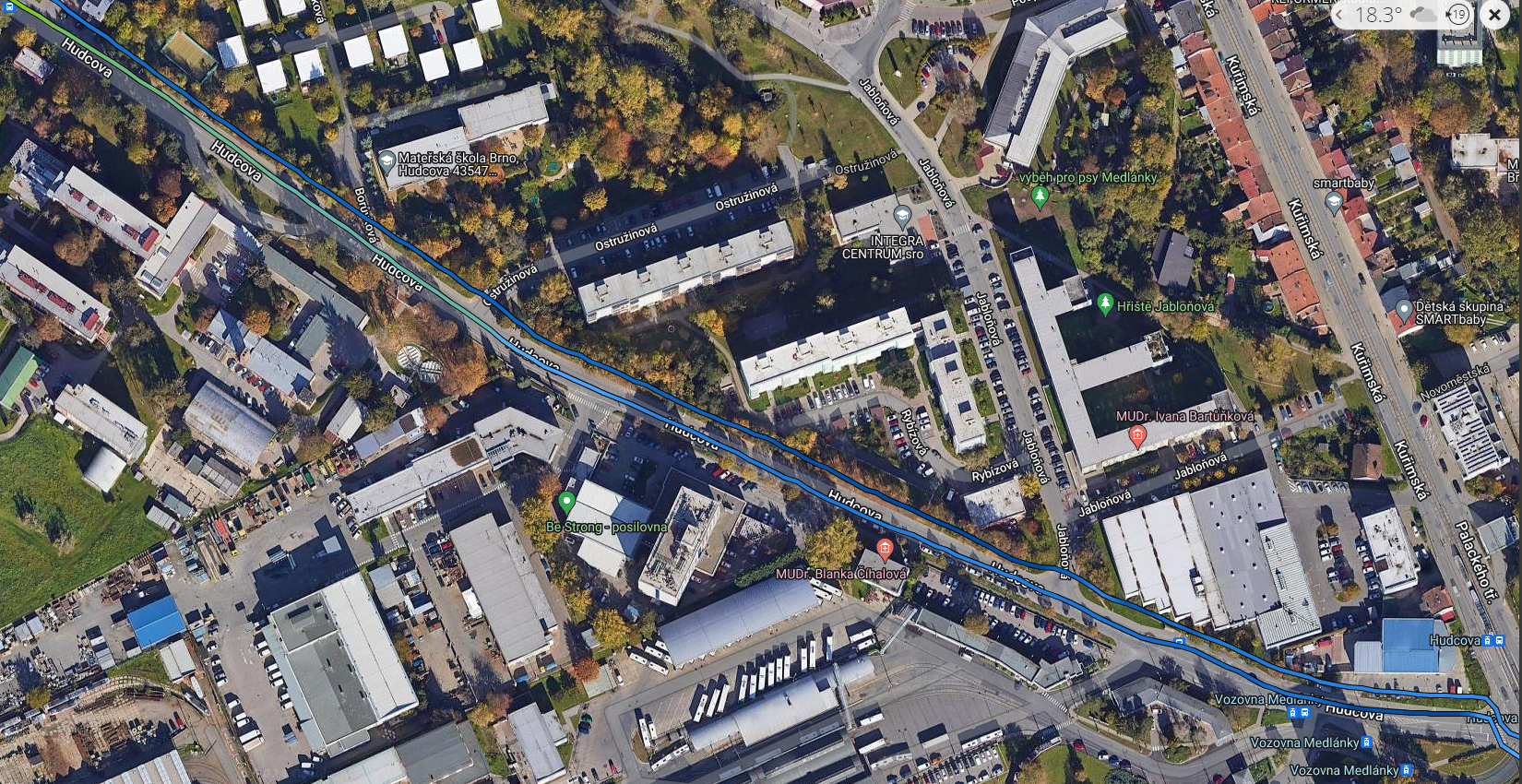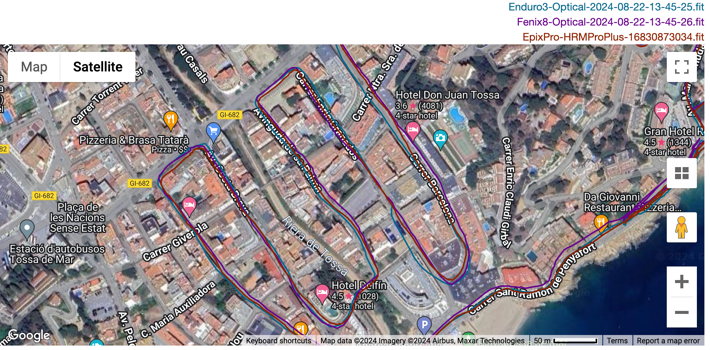Hi,
I've encountered an issue with the GPS accuracy on my Enduro 3 compared to the Garmin 7X Sapphire Solar. I have it set to record every second and use multi-band and all available satellites, but the recorded track is still less accurate than expected. I compared the track with another device (Garmin 7X Sapphire Solar), and the difference is noticeable. I'm not aware of any other settings that could improve GPS accuracy. The settings on both watches are the same.
Another question: Before the update, I liked the bold font in active mode. Now, it seems less prominent. Changing the font size in the system doesn’t help. Does anyone know how to revert the font back to the original bold style during activities?
One more thing, why doesn't the Enduro 3 have the option to back up and restore settings? Ideally, I would like to transfer the data field configuration from another watch, specifically from the Fenix 7X to the Enduro 3. Does anyone know if it’s possible to transfer data field settings between different Garmin watches?
The GPS inaccuracy occurs across the entire route, not just in a specific section. I can send GPX files for comparison and check the extent of the discrepancies. Is there anything you can do to resolve this?
Thank you for your help.
Fenix 7x Saphire solar

Enduro 3



